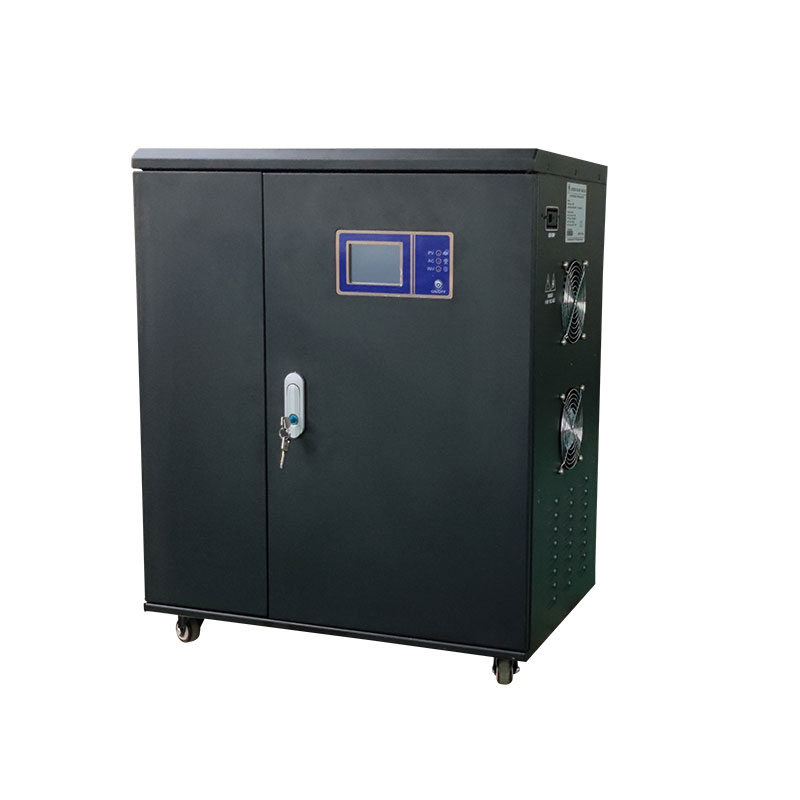Introducing the Inverter With Charger
2024-02-01
An inverter with a built-in charger combines the functionalities of an inverter and a battery charger in a single device. This type of inverter is commonly used in off-grid solar power systems, backup power systems, and mobile applications where the ability to charge batteries is essential. Here are key features and advantages of inverters with chargers:
1. DC to AC Power Conversion:
- Like a standalone inverter, an inverter with a charger converts direct current (DC) power from batteries into alternating current (AC) power, allowing for the operation of AC appliances and devices.
2. Battery Charging Functionality:
- The built-in charger allows the inverter to recharge batteries when an external power source (such as grid power or a generator) is available. This is crucial for maintaining a reliable power supply during periods of low renewable energy production or as a backup power source.
3. Automatic Switching (Transfer Switch):
- Many inverters with chargers include an automatic transfer switch. This feature allows the inverter to seamlessly switch between different power sources (e.g., solar, grid, or generator) based on priority settings or the availability of power.
4. Hybrid and Off-Grid Power Systems:
- Inverters with chargers are commonly used in hybrid and off-grid power systems where a combination of renewable energy sources and conventional power sources is employed. They provide a comprehensive solution for managing both power generation and energy storage.
5. Configurable Charging Parameters:
- Users can often configure the charging parameters of the inverter to match the specific requirements of the connected battery bank. This customization allows for efficient and safe charging.
6. Integration with Solar Panels:
- Inverters with chargers are often designed to integrate seamlessly with solar panels. They can efficiently manage the charging process when solar energy is available and automatically switch to other power sources when needed.
7. Emergency Backup Power:
- Inverters with chargers are ideal for providing emergency backup power during grid outages. They can automatically switch to battery power or alternative power sources, ensuring a continuous and reliable power supply.
8. Reduced Equipment Footprint:
- Combining the inverter and charger functionalities in a single unit reduces the overall equipment footprint, simplifying installation and saving space, especially in compact or mobile applications.
9. Monitoring and Control:
- Many modern inverters with chargers come with monitoring and control features that allow users to track energy production, consumption, battery status, and system performance.
10. Scalability:
- Inverters with chargers are often designed to be scalable, allowing users to expand their power systems by adding more inverters or batteries to meet increasing energy demands.
When choosing an inverter with a charger, it's essential to consider the power requirements, the type and size of the battery bank, and the specific needs of the application. The integration of inverter and charger functionalities in a single unit provides a comprehensive solution for managing both power generation and storage in various settings.



